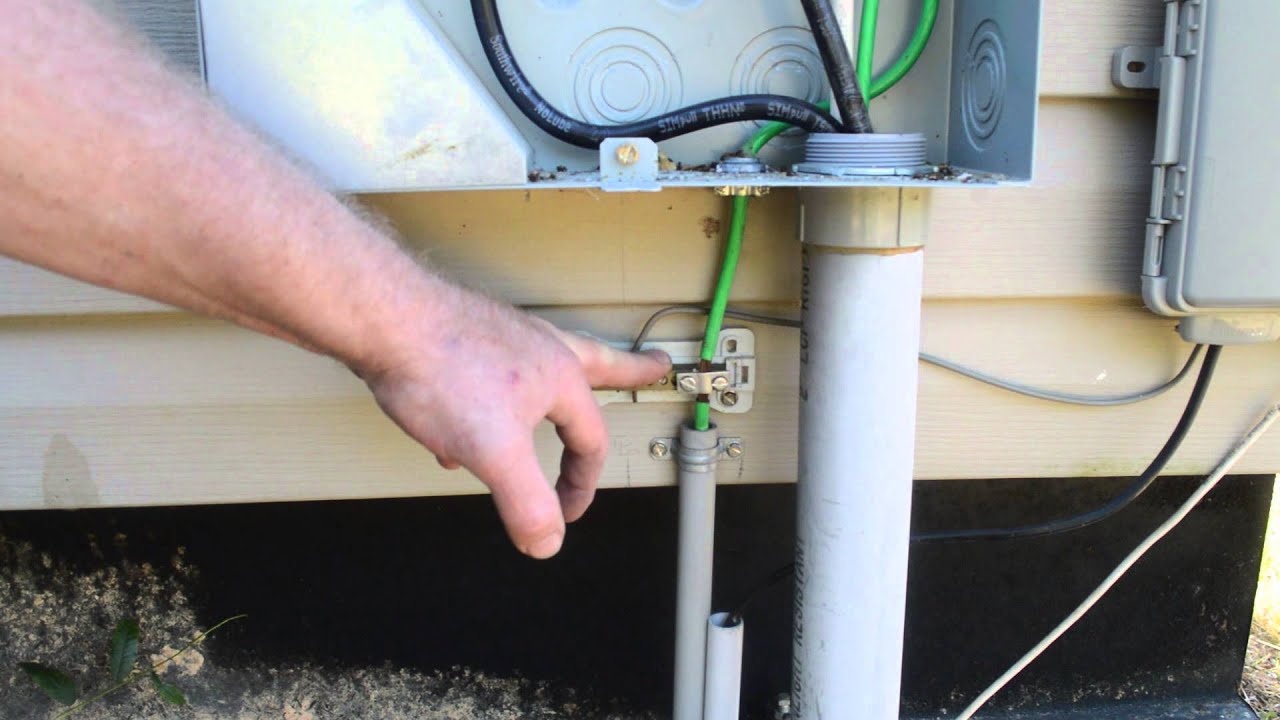Common Electrical Issues in Your Home to Hire an Electrician

If you're experiencing electrical problems in your home, you are not alone. Electrical issues are one of the most common repair issues homeowners face. Understanding the different types of electrical problems and how to troubleshoot them can help you save time and money. Nonetheless, you can contact your electrician in cases of emergency electrical services.
-
Flickering Lights
One of the most common electrical problems at home is flickering lights. If your lights are flickering, it could be a sign that there’s an issue with your electrical wiring. A variety of issues, including loose wiring, power fluctuations, or a circuit overload, can cause flickering lights.
If your lights are flickering, you should first check to ensure that all of your light bulbs are screwed in firmly. Sometimes, if the bulb isn't securely attached to the socket, it can cause a flickering effect. If you’ve checked your bulbs and the flickering persists, it’s time to contact an electrician. An electrician will be able to identify the source of the problem and repair it for you.
-
Circuit Breaker Tripping
Another common electrical problem in the home is circuit breaker tripping. A circuit breaker trips when an overload or a short circuit has been detected. When this happens, you will notice that the circuit breaker in the home’s electrical panel will flip to the off position.
When a circuit breaker trips, it is important to find the cause and correct it to prevent a hazardous situation. Common causes for circuit breaker tripping include:
• Overloading circuits: Ensure not to overload circuits with too many appliances or electronics.
• Short circuits: A short circuit occurs when an appliance or cord is damaged, and electricity flows to the ground instead of through the appliance.
• Ground fault: This can occur when an appliance or tool is used outside, and moisture on the ground is allowed to mix with electricity.
• Electrical surges: Power surges can occur when electricity is suddenly increased, often caused by lightning strikes or downed power lines.
In order to restore power to your home, locate the flipped circuit breaker and move it back to the “On” position. If the circuit breaker continues to trip after resetting it, contact an electrician for further assistance.
-
Dead Outlets
A dead outlet is one that no longer provides power, regardless of how many times you plug something into it. This could mean that the outlet has gone bad, or it could mean that there is a larger problem with your home's wiring.
To check if the outlet is actually dead, you can use a voltmeter or a plug-in circuit tester to see if it is providing power. If the outlet does not show any current, then it is likely that it is dead and needs to be replaced. If it does show current, then there may be a bigger issue with your wiring, and you should contact an electrician.
When replacing a dead outlet, it is important to ensure that you use the correct type of outlet for your home’s wiring. Some outlets require a ground wire, while others may not.
It is also important to ensure that you use the correct amperage rating for your appliance, as some appliances may require more power than others. If you are unsure, you should contact an electrician to help ensure that you are using the correct outlet for your home's wiring.
-
Warm Switches
Have you ever noticed that a switch or an outlet feels warm to the touch? This is a sign of an electrical problem, and it should not be ignored. Warm switches indicate that too much electricity is flowing through them, which can be dangerous. If you notice any warm switches in your home, you should call an electrician immediately to assess the issue and ensure that it is safely resolved.
Sometimes, a warm switch could just mean that it is faulty or old and needs to be replaced. But, it can also be a sign of a more serious issue, such as an overload of current or even a short circuit. To avoid potential safety hazards, it is important to have a professional inspect the switch and determine if it needs to be repaired or replaced. An electrician can also suggest any additional repairs or upgrades that might help reduce the risk of future problems.
-
Frequent Lightning Strikes
Lightning strikes are the most dangerous electrical issue you can face in your home. While they are rare, if lightning strikes near your home, it can cause serious damage to any electronics and appliances connected to your power lines. If your home has been struck by lightning, it is important to call a licensed electrician immediately to assess the damage.
For homeowners in Vancouver, addressing these electrical issues promptly is crucial to maintaining a safe and efficient home environment. Whether it's flickering lights, frequent circuit breaker trips, or outdated wiring, professional intervention is often necessary. Engaging reliable Vancouver electrical services can ensure that these problems are diagnosed and resolved effectively, preventing potential hazards and costly repairs. By choosing experienced electricians, you can rest assured that your home's electrical system is in capable hands, providing peace of mind and enhancing the overall safety of your living space.







